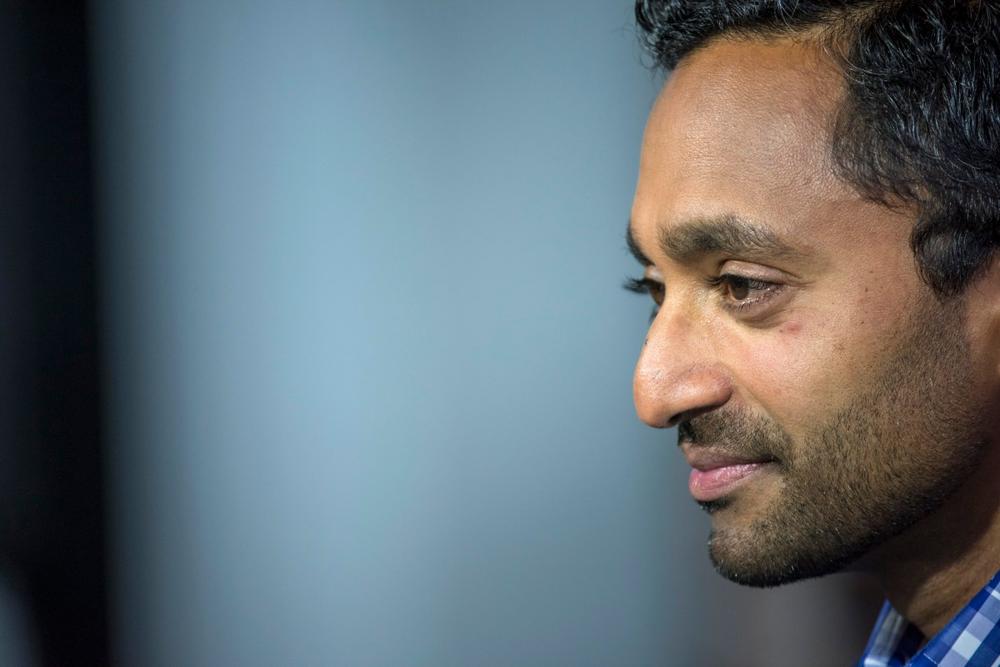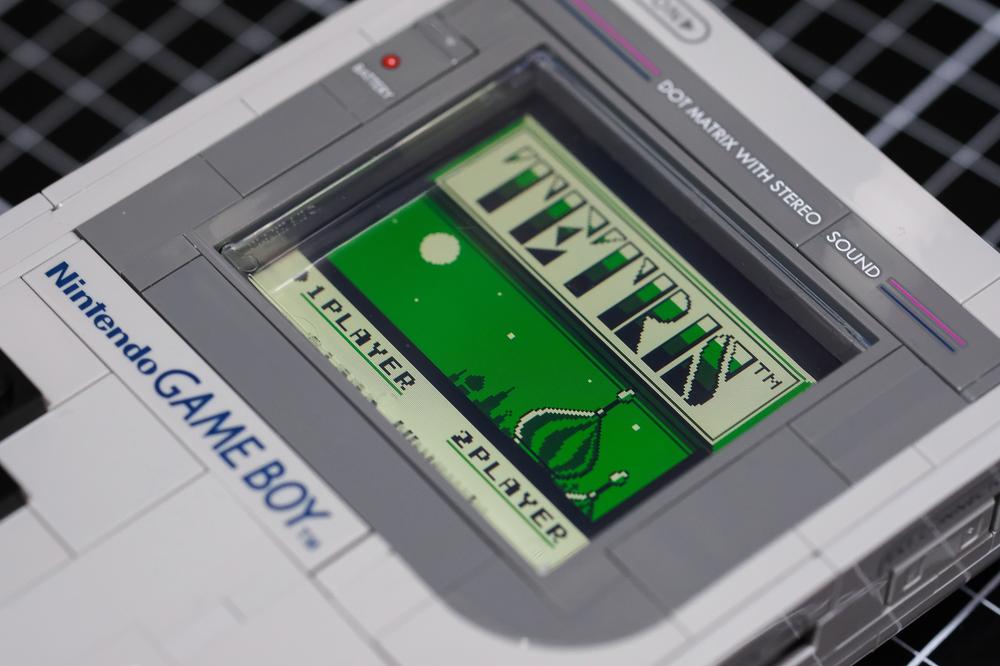Streaming is overtaking broadcast, cable, and satellite. But amid all the cord cutting lies a much smaller, yet intriguing, practice: going back to cable.
Cord reviving is when cord cutters, or people who previously abandoned traditional TV services in favor of streaming, decide to go back to traditional pay-TV services, like cable.
There's no doubt that this happens far less frequently than cord cutting. But TiVo's Q2 2025 Video Trends Report: North America released today points to growth in cord reviving. It reads:
The share of respondents who cut the cord but later decided to resubscribe to a traditional TV service has increased about 10 percent, to 31.9 percent in Q2 2025.
TiVo’s report is based on a survey conducted by an unspecified third-party survey service in Q2 2025. The respondents are 4,510 people who are at least 18 years old and living in the US or Canada, and the survey defines traditional TV services as pay-TV platforms offering linear television via cable, satellite, or managed IPTV platforms.
It’s important to note that TiVo is far from an impartial observer. In addition to selling an IPTV platform, its parent company, Xperi, works with cable, broadband, and pay-TV providers and would directly benefit from the existence or perception of a cord reviving "trend."
This isn’t the first time we’ve heard of streaming customers returning to cable. Surveys of 3,055 US adults in 2013 and 2025 by CouponCabin found that “among those who have made the switch from cable to streaming, 22 percent have returned to cable, while another 6 percent are considering making the switch back."
When reached for comment, a TiVo spokesperson said via email that cord reviving is driven by a “mixture of reasons, with internet bundle costs, familiarity of use, and local content (sports, news, etc.) being the primary drivers.” The rep noted that it’s “likely” that those re-subscribing to traditional TV services are using them alongside some streaming subscriptions.
“It’s possible that users are churning off some [streaming] services where there is overlap with traditional TV services,” TiVo’s spokesperson said.
Cable nostalgia
According to Nielsen, streaming service viewership on TVs surpassed that of cable and broadcast combined for the first time in May (44.8 percent for streaming versus 24.1 percent for cable and 20.1 percent for broadcast).
Streaming is definitely the king of TV now. Yet, there's still a degree of yearning for the traditional live experience. Online discussions suggest some of these people are, surprisingly, from younger generations, too. Cable reminiscing is often tied to nostalgia for cable's always-on, varied, and unpredictable nature. There's also an ongoing effort from industry players to identify ways to keep cable brands relevant in the streaming age.
None of this is to say that there will be a resurgence in cable and satellite subscriptions. The more poignant message here is the notable dissatisfaction and discontent with mainstream streaming services, which are often criticized for increasing prices, increasing ad loads, and fragmented content.
The survey from TiVo, which also sells a smart TV operating system aimed at streaming, found that 25.4 percent of respondents canceled a subscription video-on-demand (SVOD) streaming service in the last six months.
“One of the primary reasons people subscribe to a new SVOD is it has one specific show or movie they want to watch (29.8 percent),” TiVO’s rep said when asked about what’s driving streaming cancellations. “When that show or series is over, and they don’t discover additional content to watch, then they likely [cancel]. We also saw an increase in cost-conscious decision-making.”
Data from Antenna’s Q3 2025 State of the Subscriptions report shows continuously notable churn rates—which the research firm defines as “cancels in a given month divided by subscribers at the end of the previous month—for SVOD streaming services since January 2023.
Beyond subscription costs and commercials, this month we also got a look at how current events can impact streaming subscriptions when a wave of cancellations befell Disney+ and other Disney-owned streaming services in response to Disney “indefinitely” preempting Jimmy Kimmel Live! (the show has since returned).
However, as streaming fatigue prompts some to view legacy pay-TV models through rose-colored glasses, frustrated streaming users are more likely to seek alternative or fewer streaming subscriptions. This includes exploring free ad-supported options with linear channels, like Pluto TV, and more niche, specialty streaming services. Antenna’s report found that the share of SVOD customers using specialty, sports, or vMPVD (virtual multichannel video programming distributors, like YouTube TV) services “is steadily increasing each quarter” and grew 20 percent to 177 million from Q2 2023 to Q2 2025.
Frustration with streaming services won't bring cable back. But the fact that the previously maligned industry is being remembered favorably by some streaming customers shows that people want more from streaming companies.

 Chamath warns retail investors to avoid his new SPAC
Chamath warns retail investors to avoid his new SPAC